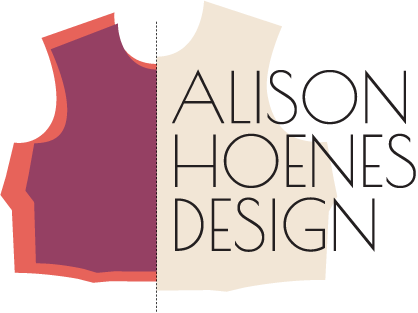Let’s say you have a finished sample or prototype of your design already made. Maybe you had a local tailor make it to test your concept or you went through development with another factory and have a garment from the production run. With a finished sample already approved, having a pattern made for the garment will be simple and cheap, right? Actually, no, that is most likely not the case. Having a finished sample is great for reference, but isn’t going to save you much money when it comes to getting a production pattern made.
It may seem counterintuitive. You have the approved sample or final product right in front of you, isn’t that the end goal of a pattern anyway? It seems like you should be mostly there and working backwards to create a pattern should be easy.
Starting from a sample and then asking for a pattern to be made for it is like taking a cake to a baker and asking them what the exact recipe is. Unless that baker is the one who made the cake, they won’t know exactly what the recipe is. With their expertise, they may be able to taste the cake and pick out certain flavors. Maybe they cut into the cake and feel its texture as a clue to its ingredients. Or they can take note of how the cake is decorated or filled. However, even doing so, they won’t be able to tell you the exact recipe that made that cake. To give you a recipe, they’d have to start from scratch and create a new batter based on their observations of the finished cake, bake a new cake, and then compare it to the original cake. The recipe may not be quite right and so it would be back to a revised recipe and new cake to test the changes until a cake comes out like the original one.
Why would you need a recipe if you have a finished cake? The recipe allows you to reproduce the same cake over and over whenever you have a birthday or occasion to celebrate. It documents the ingredients, ratios, and the step by step instructions for how to assemble the cake so it comes out the same every time no matter who makes it.
When it comes to fashion, an approved sample or final product is the finished cake and a production pattern is the recipe. The pattern allows you to reproduce the design over and over and end up with the same garment and same fit no matter which factory makes it. For a production pattern, one finished garment isn’t the goal (like it is for a bespoke tailor), consistent reproducibility is the goal. Samples are just a way of confirming that the pattern you have does produce the garment you want. They are a test for the pattern, not the end goal of the pattern. Having an accurate pattern is way more important than just having an accurate sample. The sample is a one-off, but with a good pattern, you can make however many garments you want from it.
If you have a finished sample or final garment and need a pattern, you’ll still have to go through at least a round or two of patterns and samples. Just like the baker in the example, you have to test that the recipe you’ve reverse engineered will actually yield the desired result you’re trying to match. This is why starting with a final sample isn’t a cheaper short-cut to the pattern and development process.

Nathaniel
2:22 pm March 25, 2021Really great post! The cake analogy makes it so clear why final samples are not a shortcut at all.
Heather M Zager
5:56 pm June 15, 2021Excellent Article! I run a similar business to Alison but I'm based in Seattle and I have clients making the same assumption. I use a chocolate chip cookie as my example, though! :)